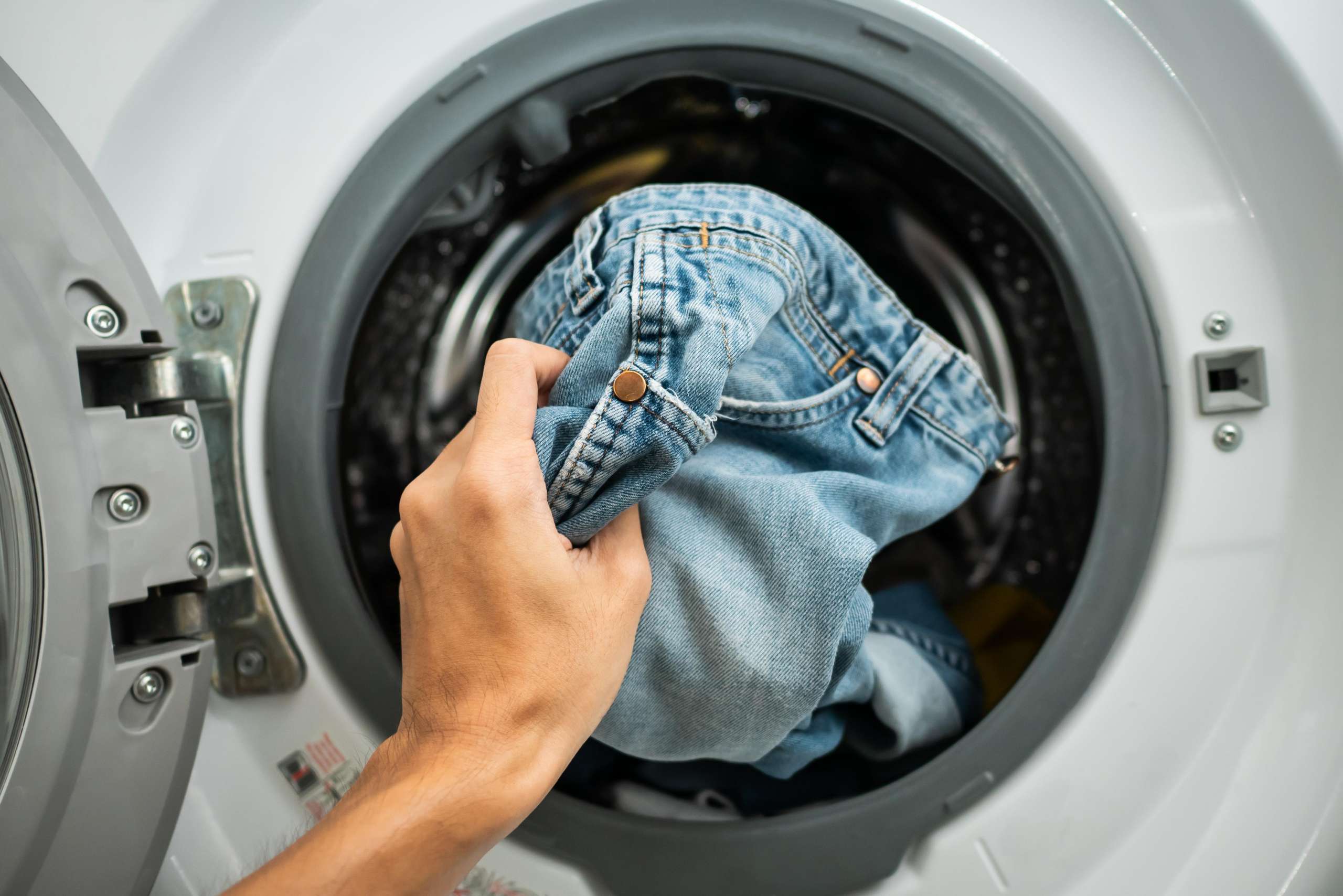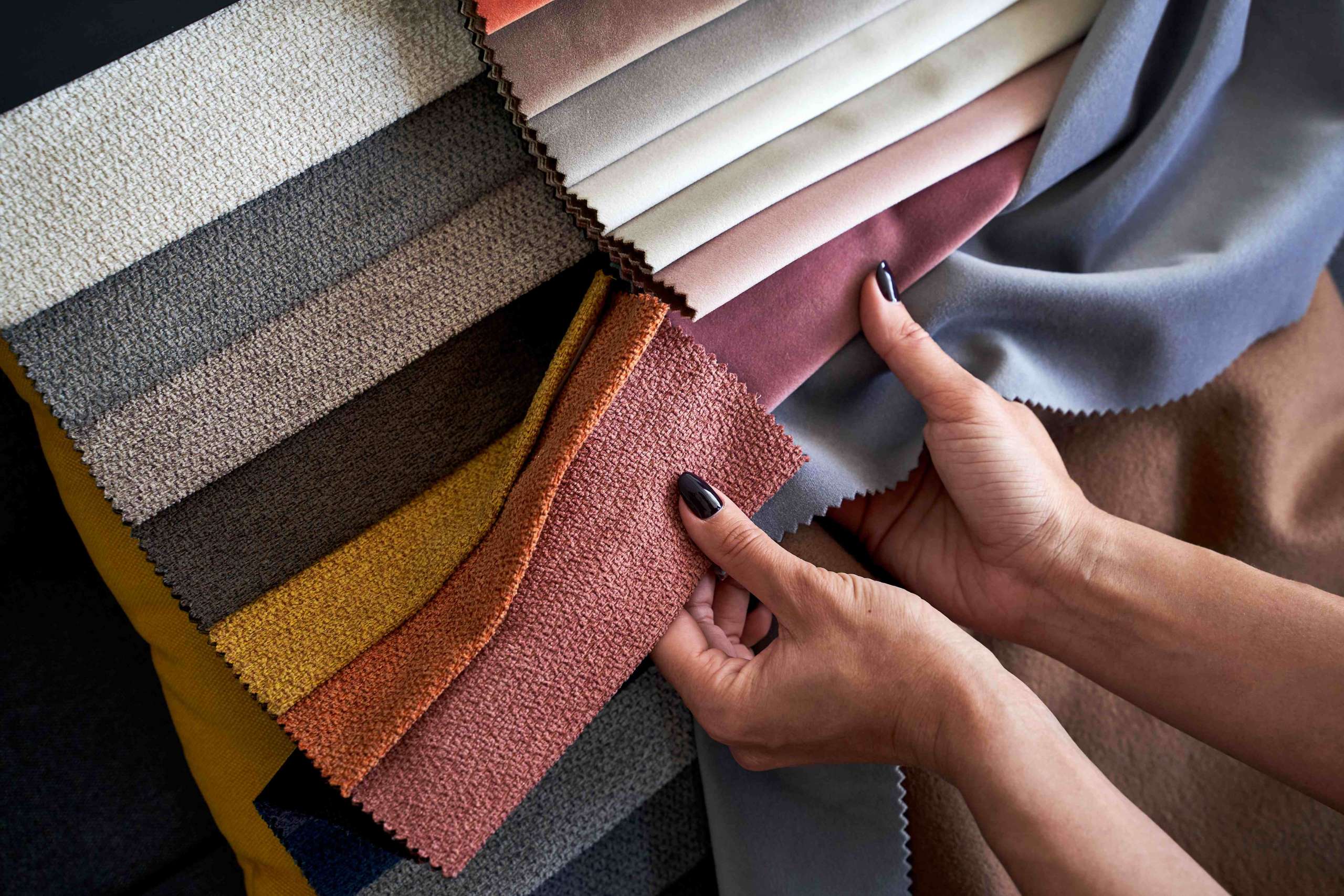Antimicrobial Fabrics: The Future of Textiles

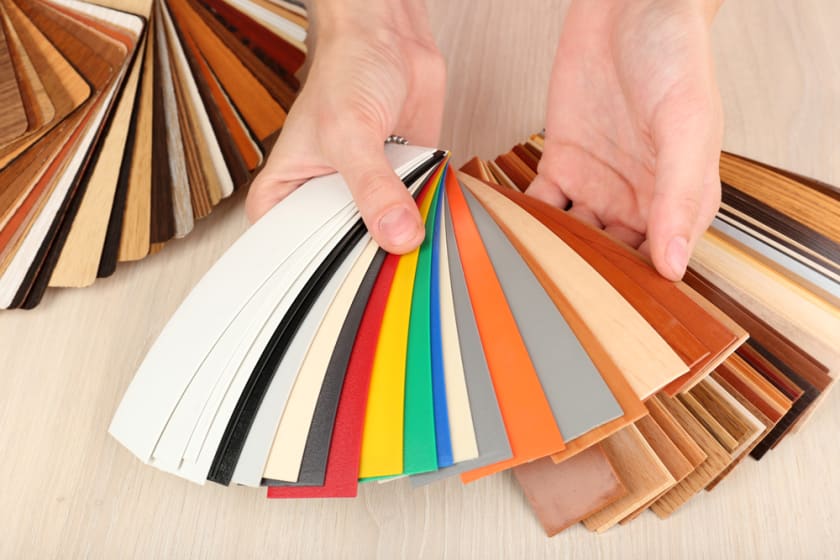

Introduction
The textile industry has evolved through the centuries. It has constantly modified itself to meet the needs of the changing times. Clothing has served various purposes, be it protection from harsh climatic conditions or a symbol of social status. And its objective has yet again changed.
Covid-19 has left a growing concern for hygiene and germ protection across the world in its wake. A UK survey of 2000 adults states that 2 in 3 people have become proactively engaged in avoiding germs and are more conscious about sanitation and hygiene.
In turn, this concern has paved the way for the growth of a new generation of textiles called antimicrobial fabrics. These fabrics fight microbial growth. The antimicrobial characteristics can also improve the performance and durability of the fabrics.
Market Demand
Antimicrobial fabric has become an indispensable commodity. A report by Global Market Insight (GBI) states that the size of the antimicrobial textiles market was more than $11.73 billion in 2020. The CAGR projections are 6.5% from 2020-2027, in absolute terms it is predicted to cross USD 14700 million, states a report by Research&Markets.
Antimicrobial fabrics are primarily used in the health and pharmaceutical sector. The GBI report also mentions that the healthcare sector was the principal user of such fabrics in 2020, holding more than 45% of the market share in the same year.
Applications of Antimicrobial Fabrics
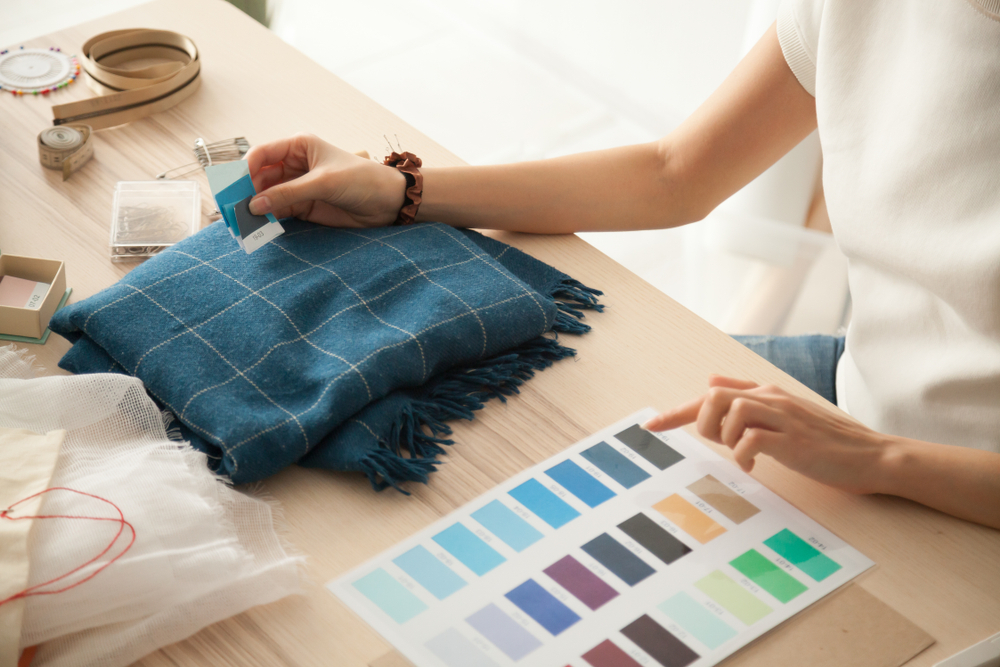
The antimicrobial fabrics, because of their antimicrobial properties, are used extensively to produce bandages, hospital gowns, earbuds, scrubs, surgical masks, lab coats, and other elements of a protective kit.
The inclination toward cleanliness and hygiene in the packaging, transportation, construction, food, and healthcare industries has increased the use of such fabrics.
These fabrics have a plethora of other applications, including but not limited to:
- Production of military and defense-related warfare equipment and garments
- Sportswear and apparel manufacturers have also given a major thrust to antimicrobial fabrics because of their anti-odor properties.
- It is used in storage and warehousing facilities, where proper ventilation systems are required.
- This fabric is a vital component of water purification systems and air filters.
- Architectural textiles such as awnings also use antimicrobial fabrics. This is because of the durability of these fabrics. They do not get easily damaged by water and other external factors.
How Do these Fabrics Prevent Infection?
Antimicrobial fabrics restrict the growth of bacteria, fungi, and other harmful microbes. These fabrics can be made by:
i.) treating the fabric with antimicrobial chemicals or
ii.) by using specific yarns that innately prevent the spread of these microbes
By inhibiting their growth, these fabrics eliminate the possibility of microbes multiplying and building a colony.
The chemicals stop the functioning of the cell membrane. It also inhibits the production of proteins and nucleic acids, mainly, DNA and RNA. It impedes the microbe's nutritional supply, hindering their essential bodily functions.
Effectiveness of Antimicrobial Fabrics
The effectiveness of these fabrics depends on the particular fabrics and chemicals used in them to induce antimicrobial properties. The effectiveness rate also depends on the types and concentrations of chemicals used to treat these fabrics. Usually, chemicals such as metal oxides of titanium, tin, zinc, gold, copper, and silver; halogenated phenols; and chitosan are used for treating the fabric.
Benefits of Antimicrobial Fabrics
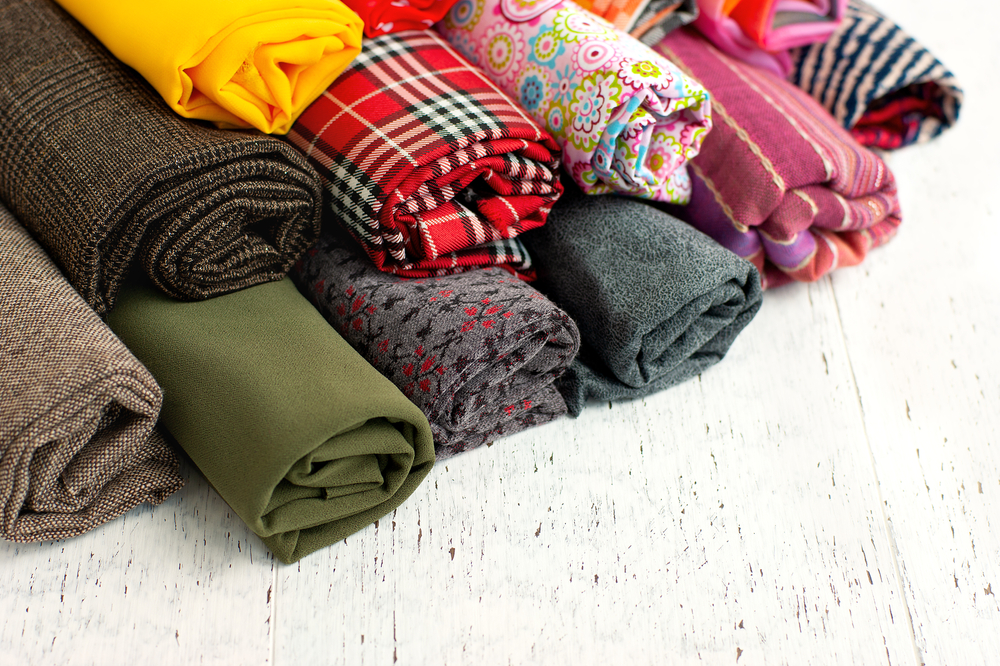
Apart from the antibacterial, antifungal, and antiviral properties, the antimicrobial fabric has many other advantages that increase its demand. Some of these advantages are:
- Antimicrobial fabric provides greater cleanliness and freshness
Its resistance to odor-causing bacteria, mold, and mildew gives freshness to the fabrics and keeps them clean for a longer period. The fabric can withstand multiple washes as it is treated with non-leaching antimicrobials, namely nanoparticles and grafted quaternary ammonium compounds. As they form covalent bonds, they can withstand up to 10 washes without leaching.
Another way it prevents the removal of chemicals is through the use of plasma technology and electrospinning.
- Antimicrobial fabric saves multiple laundry trips
By remaining clean for a long period, the fabric requires less washing. This saves energy that would otherwise be used to launder textiles produced from this fabric. It maintains the freshness of the fabric and keeps it odor free. Due to its antifungal properties, the fabric keeps its structure and does not get damaged easily.
Challenges
Although the popularity of antimicrobial fabrics increasing in this era, it is still encountering several challenges.
Health Risks
With over 250 micro biocides, there is a wide variety of chemicals available in the market. The point to keep in mind is that the chemicals that are capable of modifying the cell structure of microorganism also bears the potential to influence the cell structure of multicellular organisms.
The fabric attains its antimicrobial properties through treatment from antimicrobial agents such as silver, zinc, copper, and quaternary ammonium compounds. Some of these chemicals can cause health risks if they come in contact with the skin.
Environmental Impact
The biggest challenge the fabric faces is its negative environmental impact. When these textiles are washed, they release toxic compounds like triclosan and PHMB. These pollute water bodies, especially when the germicide concentrate, putting aquatic life in danger. These chemicals can depreciate land fertility and get deposited on the land and contaminate it.
Prices of Raw Materials
The other factor that determines the market demand is the raw material prices. The major raw materials used are copper, silver and zinc. Their prices vary on a day-to-day basis because they are traded on the stock exchange. This volatility in prices and harm to the environment pose obstacles to the expansion of the antimicrobial fabric industry.
All these issues push the industry to invest more time, money, and effort in research and development and come up with a product that is environmentally friendly and non-toxic.
Antimicrobial Fabrics are the Way Ahead
Before the pandemic, only a few industries, like the healthcare industry, used antimicrobic fabric. Its applications have greatly expanded in recent years. This has contributed to its huge appeal.
The growth of antimicrobial fabrics in the textile sector is another benefit of people's growing knowledge of hygiene and sanitation. Over the past ten years, the sports business has grown, and thanks to industry innovation, antimicrobial fabrics have gained popularity.
Several clothing brands like Diesel, DL1961, and Warp + Weft have also started using these fabrics in their products, and more will follow the suit. In addition, these fabrics are known for their antimicrobial nature and can be very effective in the undergarment business. With its current growth rate, different antimicrobial fabrics can emerge in the future, and one can expect to see their usage in their day-to-day lives.
Clothing brands are working to create clothes that are sweat-free and can be worn comfortably without the fear of any infection. These brands will require antimicrobial fabrics to design their collection, thus increasing the demand for these fabrics in the global market.
Conclusion
There remains no doubt that antimicrobial fabrics are the future of the fashion industry. Clothing retailers ready to embody this future of textiles should check out Fashinza.

Fashinza is a B2B apparel manufacturing platform. They assist clothing brands in manufacturing their product range by bringing to them the best suppliers for their business. Fashinza takes care of the entire production process from design to delivery - the partner brands do not need to bury themselves in any hassle, they should only concern themselves with the order placement. Fashinza's primary deliverable is its tech-backed platform. Brands can use it to place an order, track it, receive daily production updates, communicate with manufacturers and make payments.















